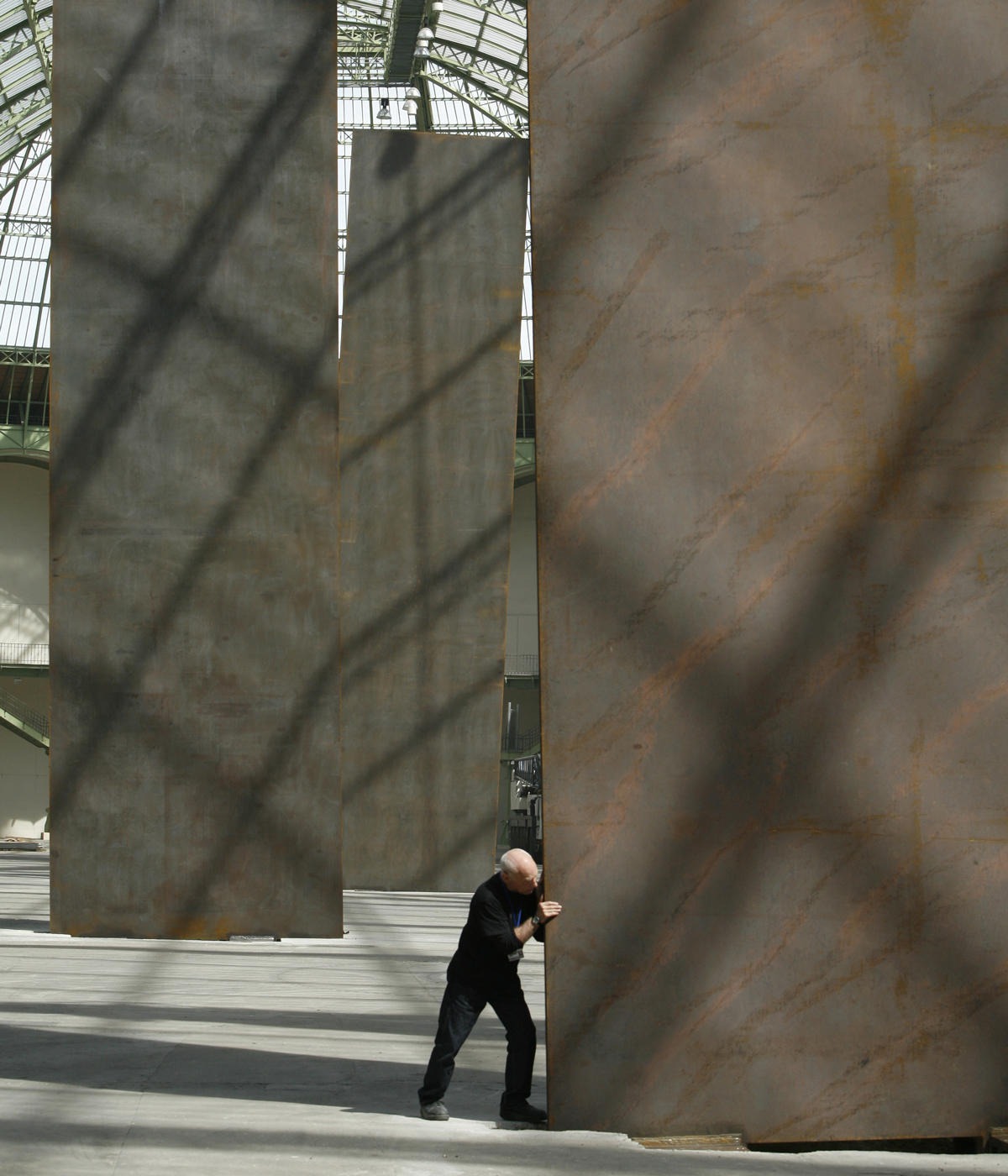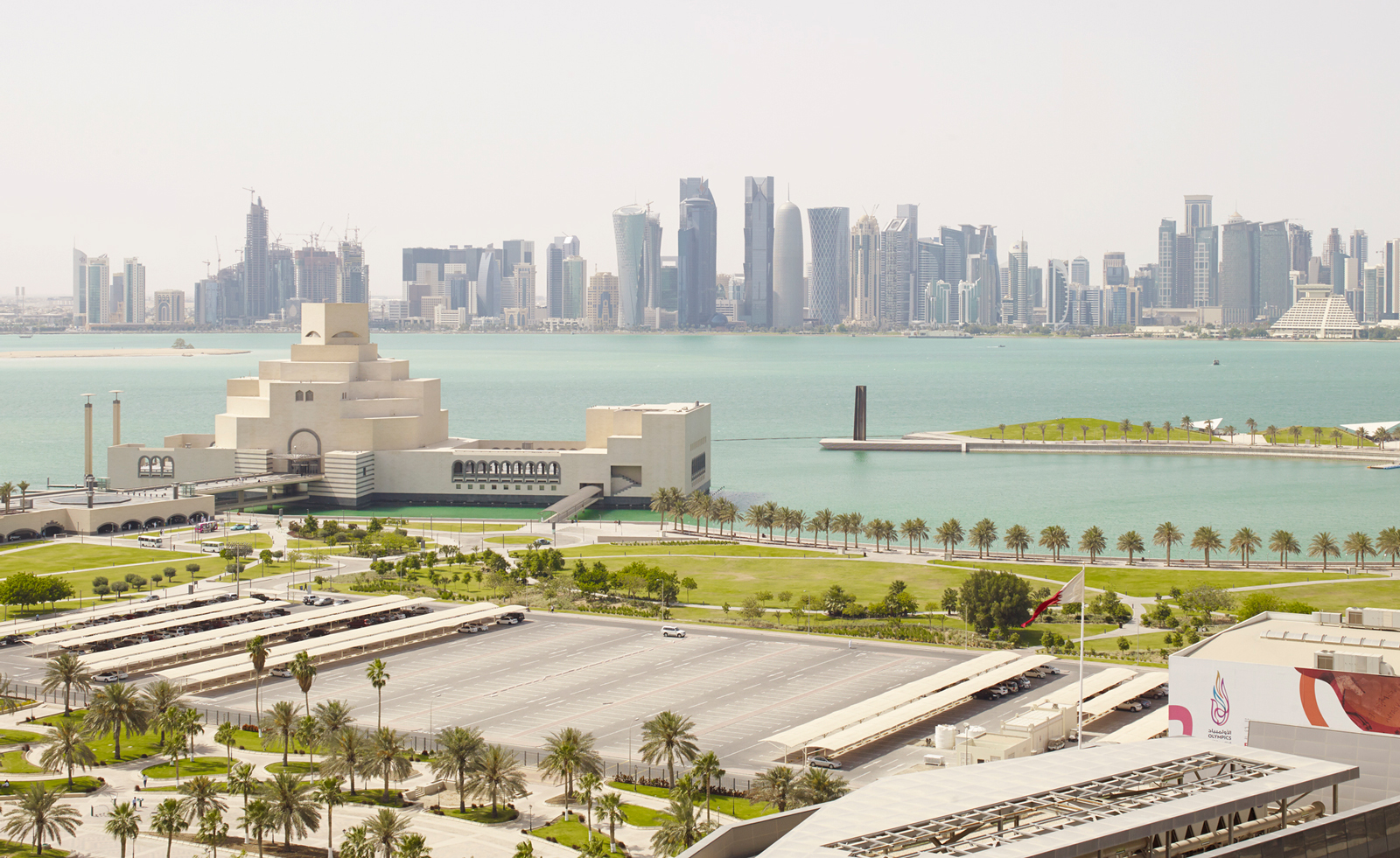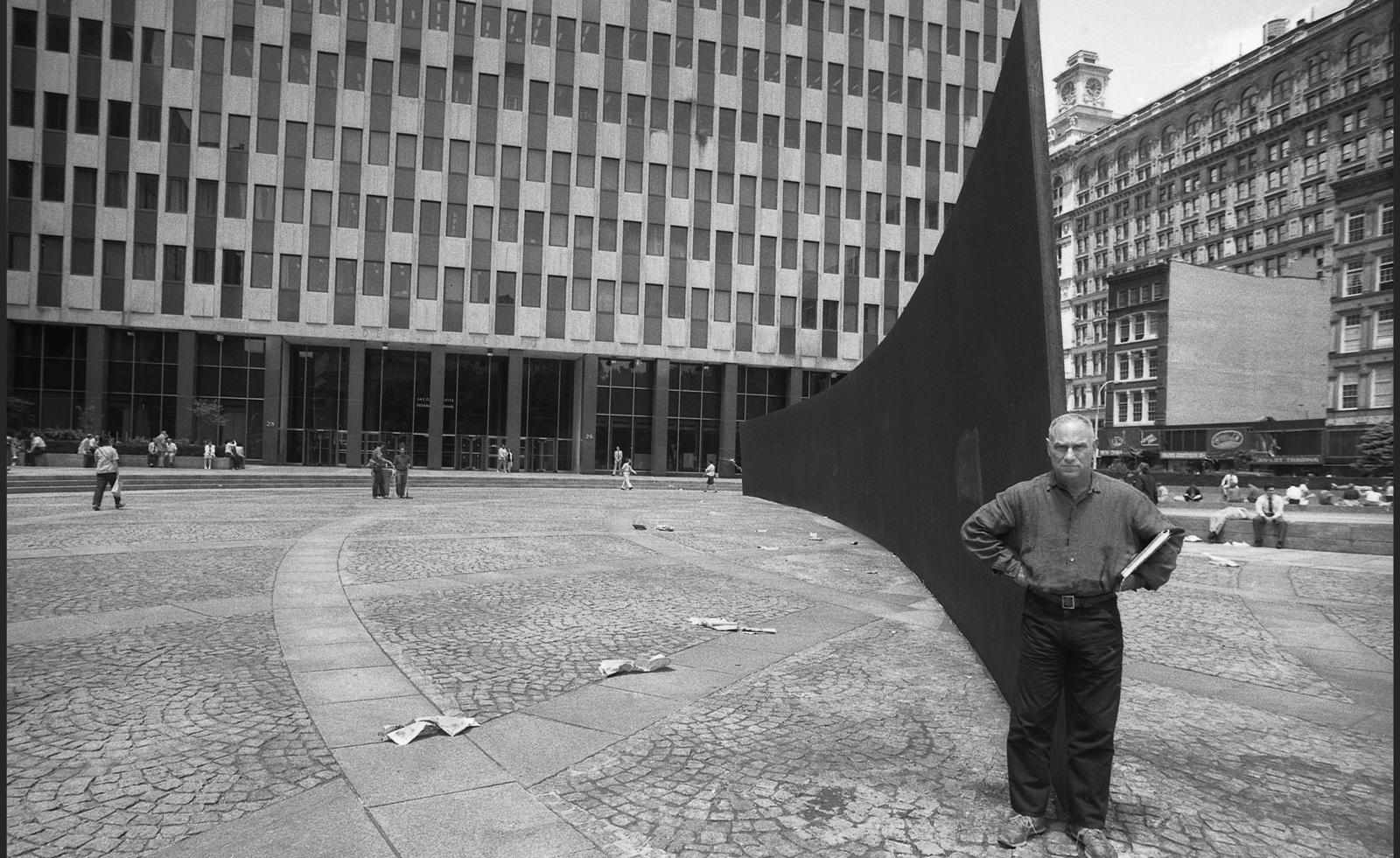
Richard Serra, the American artist and sculptor, has died aged 85. He was celebrated primarily for his vast, site-specific steel sculptures that transformed landscapes and appeared all over the world, from a nature reserve in Qatar to New Zealand’s Gibbs Farm and the Serra Sculpture Park in St Louis, Missouri.
Serra coaxed larger-than-life ribbons of steel into twisting torsions, oxidised to encourage the deep orange hue, creating a striking immersive experience for visitors, encouraged to walk amongst and through them.
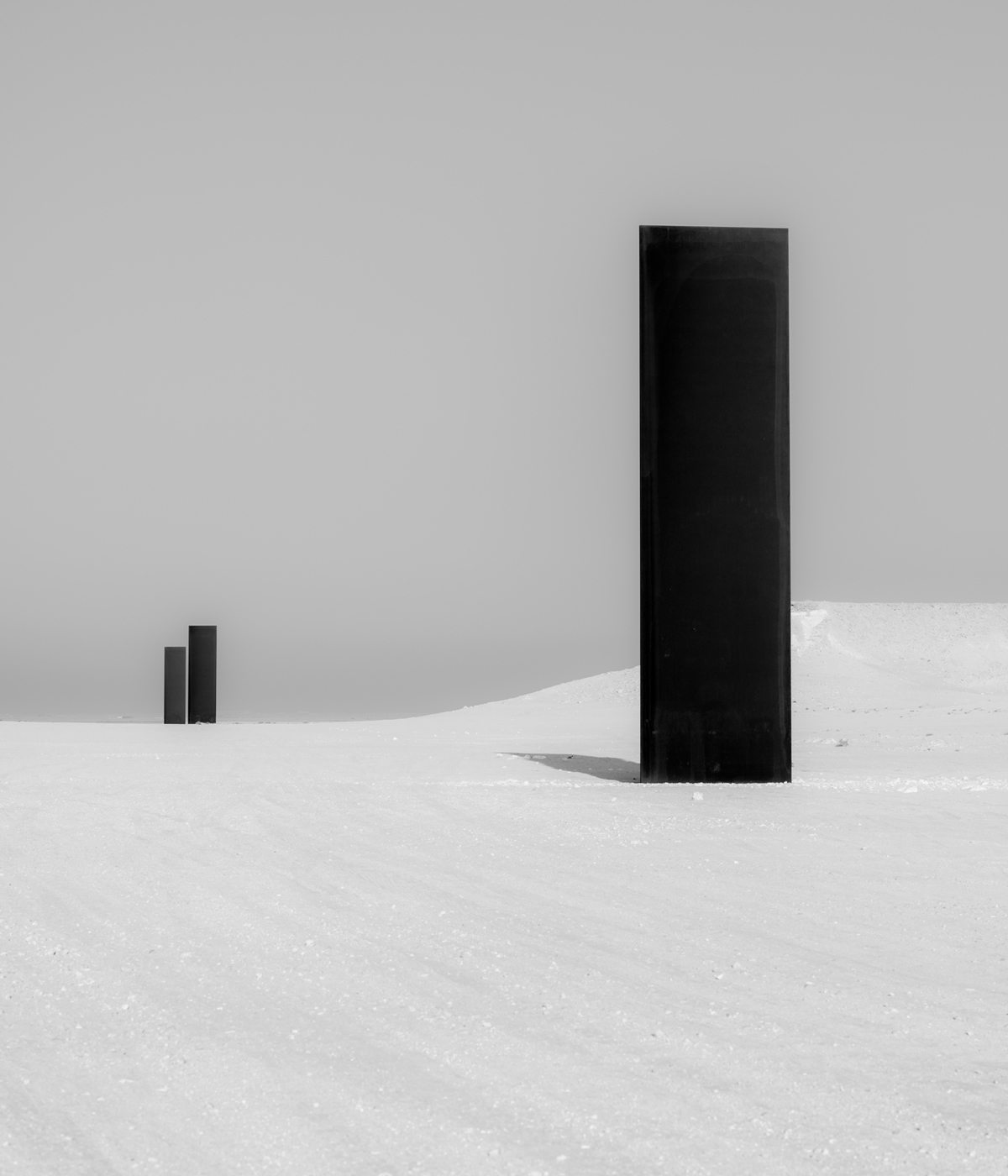
Serra eschewed screws and bolts in the creation of his works, demonstrating his flawless grasp on his materials’ dynamics in the physicality of the pieces, which stand alone and unsupported. The experience of his visitors was a crucial component of the work for him, and his many public art commissions encouraged bystanders to engage with his work directly, recontextualising its environment rather than standing apart.
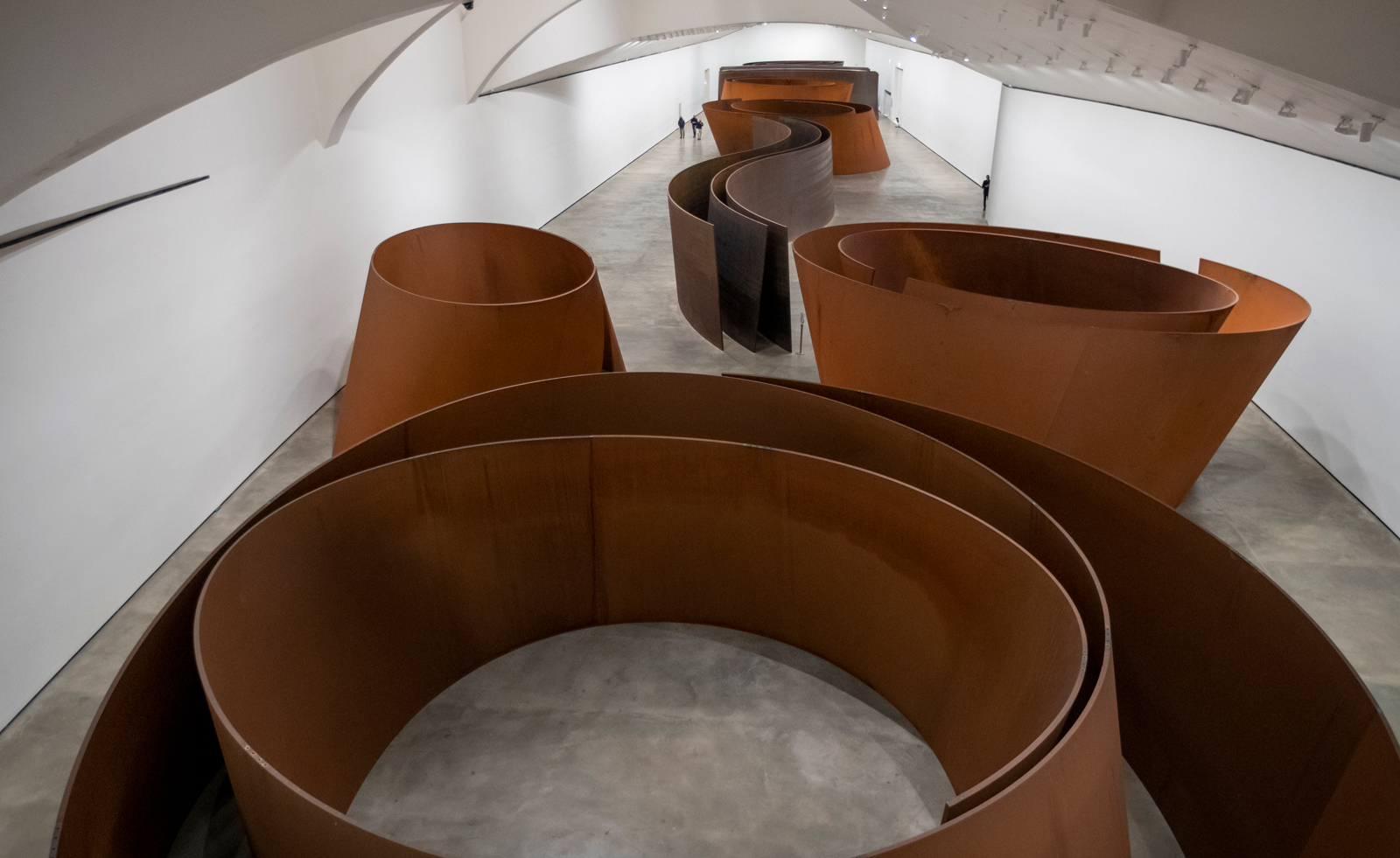
Born in San Francisco in 1938, Serra began his six-decade career after witnessing his father’s work with steel as part of his job as a shipyard pipe fitter. After studying painting at Yale, he experimented with materials including fibreglass and rubber when creating minimalist sculptures. As he began to work with steel, his scale grew, culminating in work including the generous Tilted Arc, in New York in 1981, and the endlessly winding Te Tuhirangi Contour ribbon in New Zealand.
As well as his works outdoors, Serra has been the subject of retrospectives at galleries including London’s Tate, New York’s Museum of Modern Art, and Bilbao’s Guggenheim Museum.
